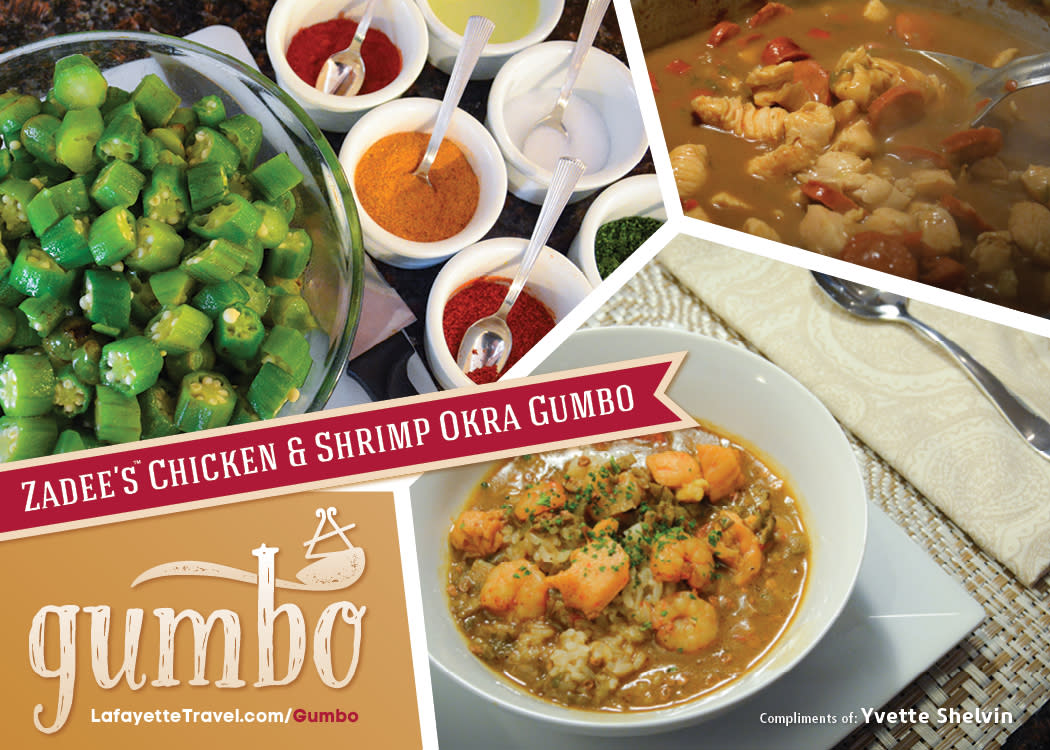Whether or not you agree that okra should go in gumbo, the vegetable is inextricably linked to gumbo’s birth in the cultural stews of New Orleans. Slaves arriving at port in the 18th century brought with them the slimy, seedy, furry, rich and hardy vegetable from West Africa, which they called kimbombo in the Bantu dialect. It was tossed into chicken stocks and seafood stocks, served over starches, combined with Spanish chaurice and ham, German sausages, and French roux’s. Its name dropped the kim, subbed in a “u”, and gave Louisiana’s national dish a name.
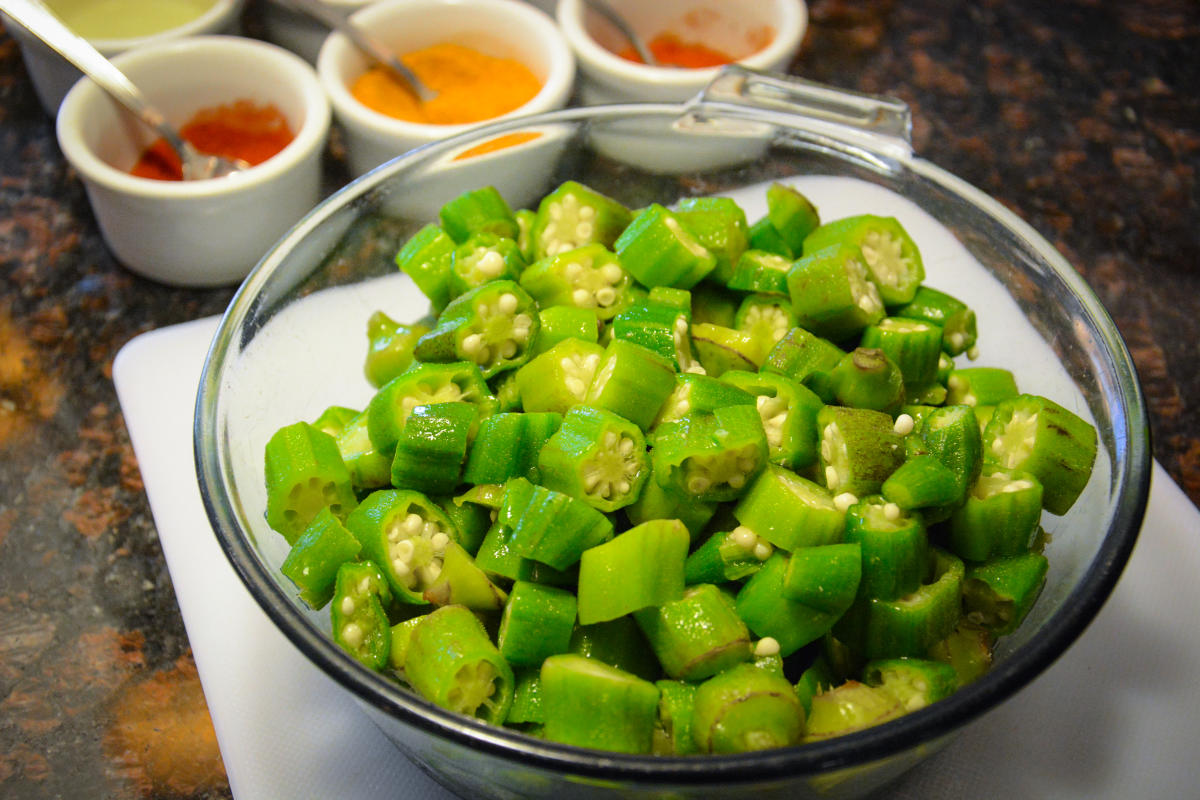
Despite it’s intimate role in gumbo’s origin, inclusion of okra in a gumbo is often seen as a polarizing difference among gumbo variations from either side of the Mississippi river. An oversimplification of the debate would mislead the uninitiated into assuming that okra is always excluded in the darker, game-heavier gumbos found west of the river in Acadiana, while abundant in the soupier seafood gumbos of New Orleans. But proliferation and distribution okra gumbos doesn’t really shake down as simply as New Orleans “yes” and Acadiana “no”.
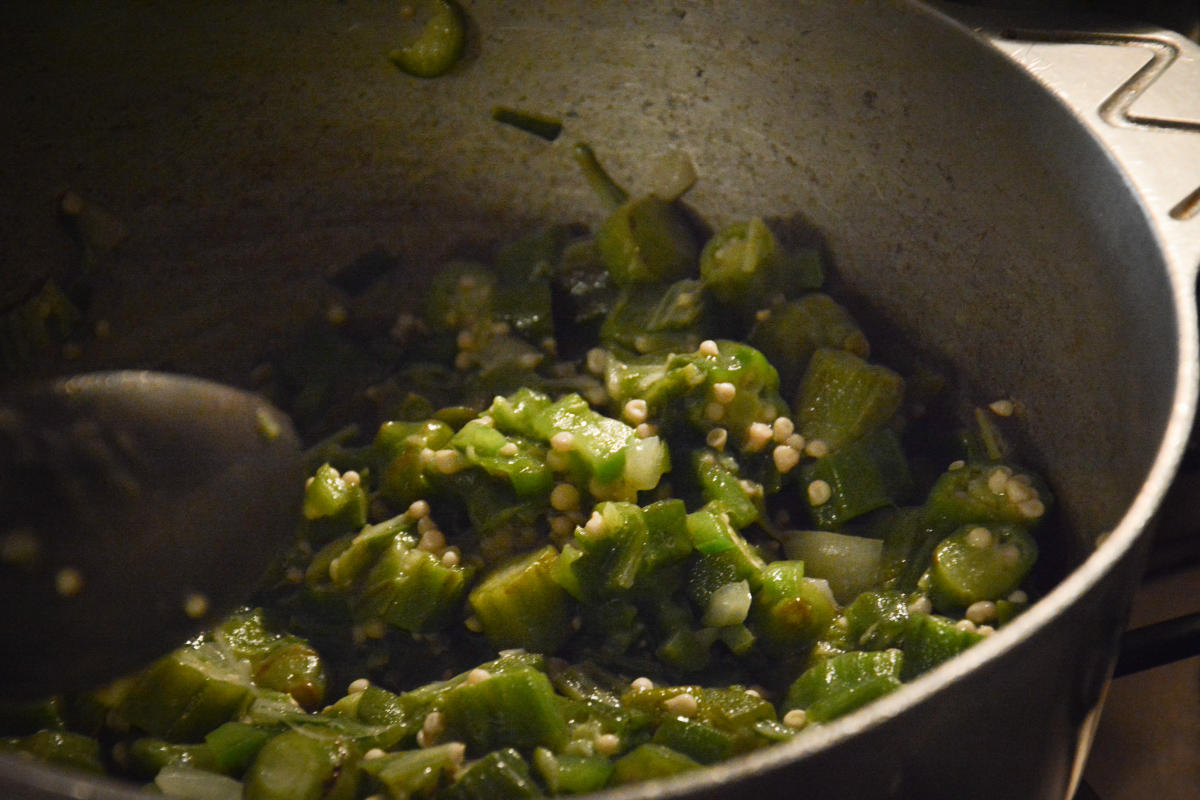
Folks in various parts of Acadiana are, despite what’s often misunderstood to be the case, quite fond of okra in their gumbos. Where they differ is in their application of the vegetable, and the role it plays in their gumbo recipes. For New Orleans gumbos, okra is typically added fresh to utilize the syrupy innards as a natural thickening agent. Gumbos in Acadiana, achieve their thickness from browned meats, heavier stocks, and larger volumes of dark roux, adding smothered okra for extra richness and a deep green flavor.

Take Yvette Shelvin of Carencro, in the northern reaches of Lafayette Parish, the cultural capital of Acadiana. For generations, her family has picked, cleaned, chopped, and canned okra for use in a multitude of family recipes, most prominently gumbos. For ease of deployment, she smothers her okra in the low and lazy heat of a 250° oven. The furry skins are browned in vegetable oil with onions and bell pepper, and left to stew slowly until the interior goo renders into a rich pulp that can be frozen for months.
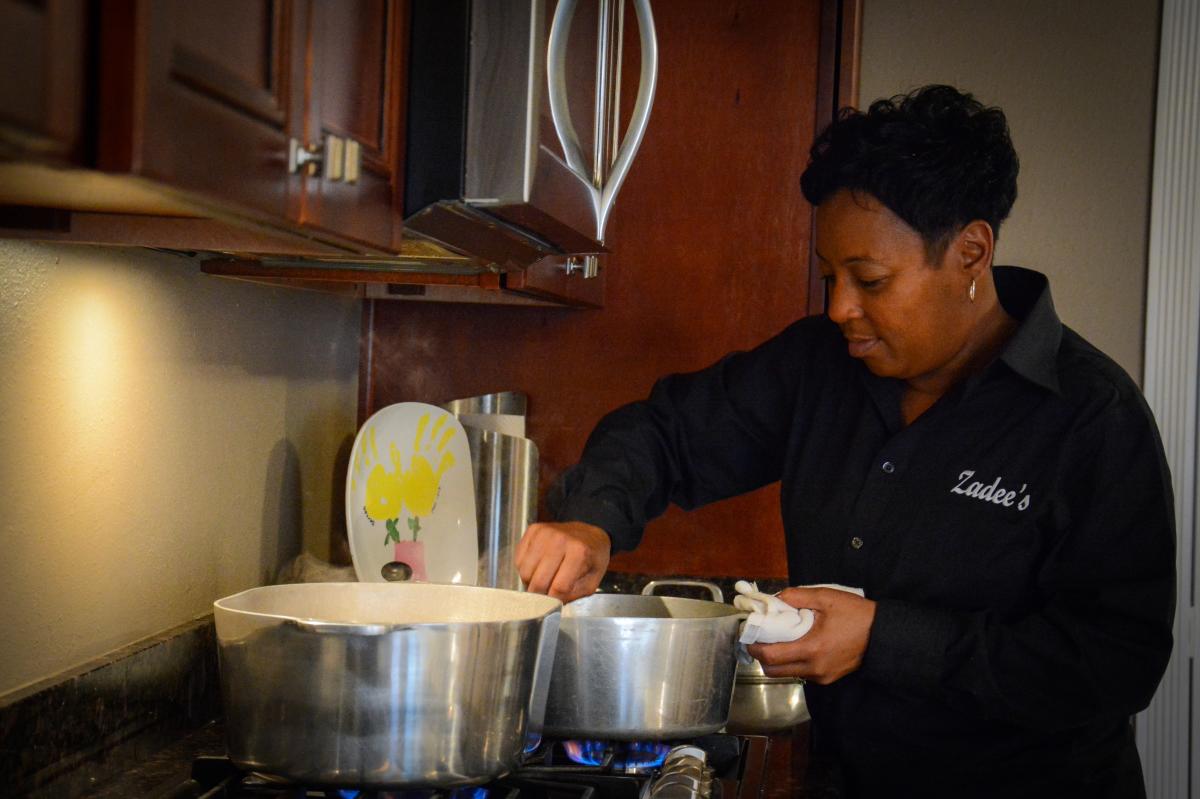
At any given moment, Yvette has upwards of 25 to 30 mason jars full of smothered okra, extending the shelf life and use of it for well past the four-month okra season. She empties the jars into simmering pots of sausage and chicken to add savory richness to a gumbo already thick and velvety from a long reduction.
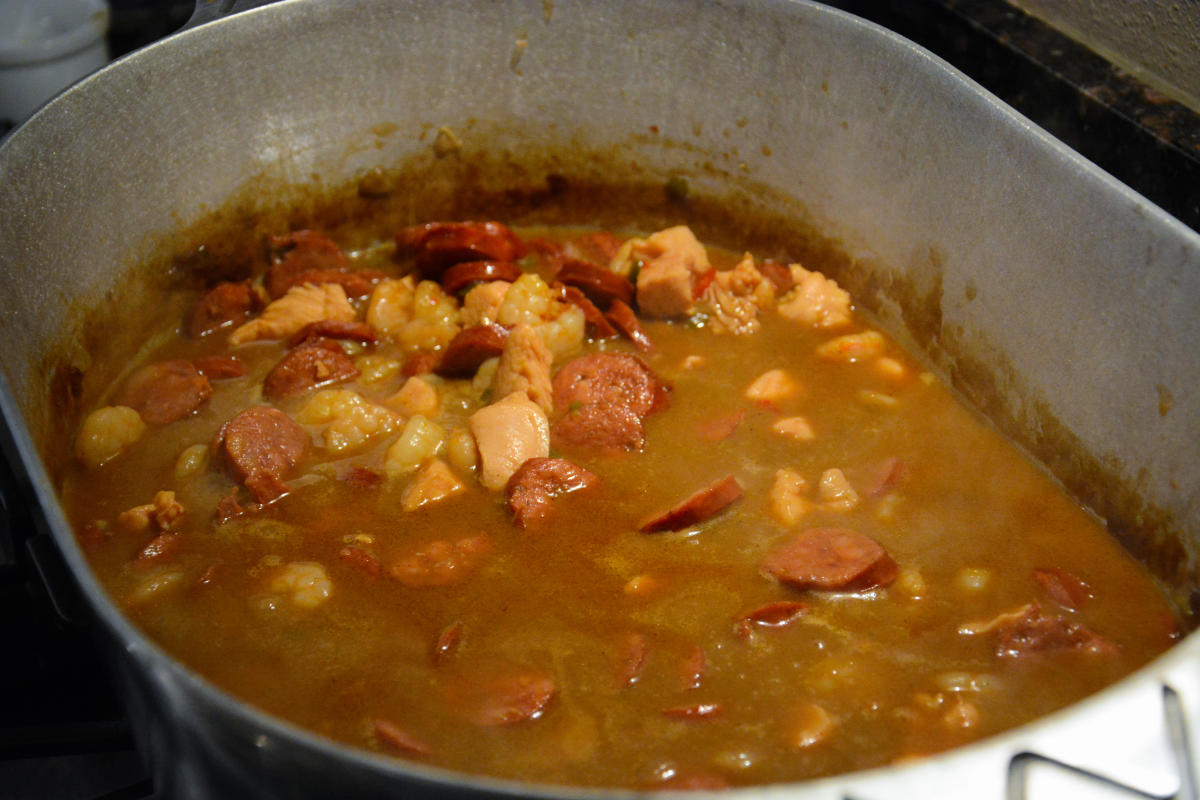
Two gumbos can ever be alike, even when the ingredients are the same. A quick trip from Lafayette to New Orleans can be proof enough of that idiom, especially when it comes to how okra is prepared for use in gumbo. But shared truths do boil from the different gumbo pots simmering around the state. While okra may not look the same or even make it in every gumbo, the reasons for its original inclusion set the standard for inclusion of every ingredient that followed it: it’s delicious, versatile, and available.
Click on the image below to download the recipe.
